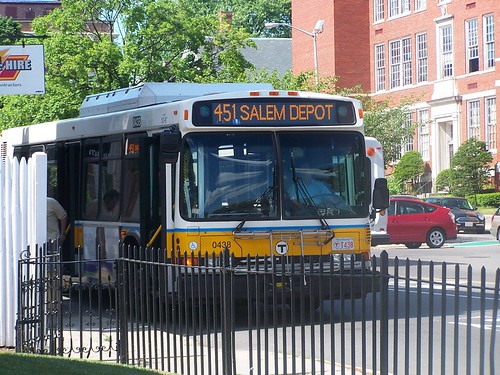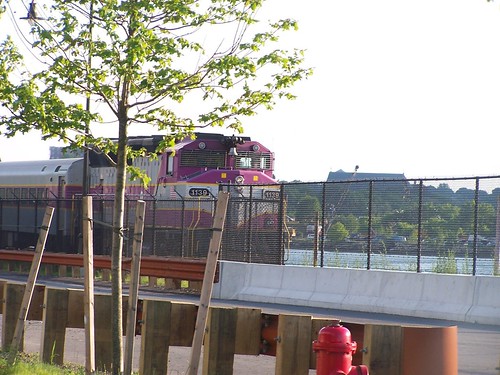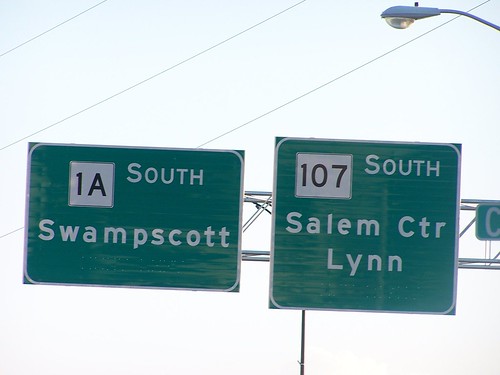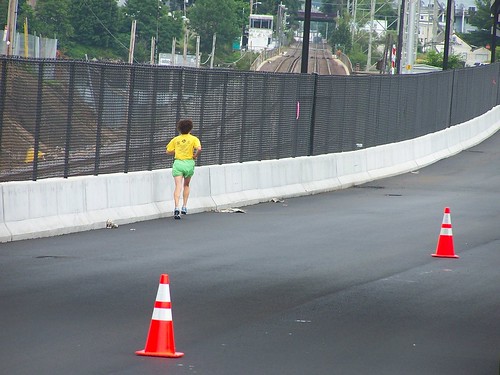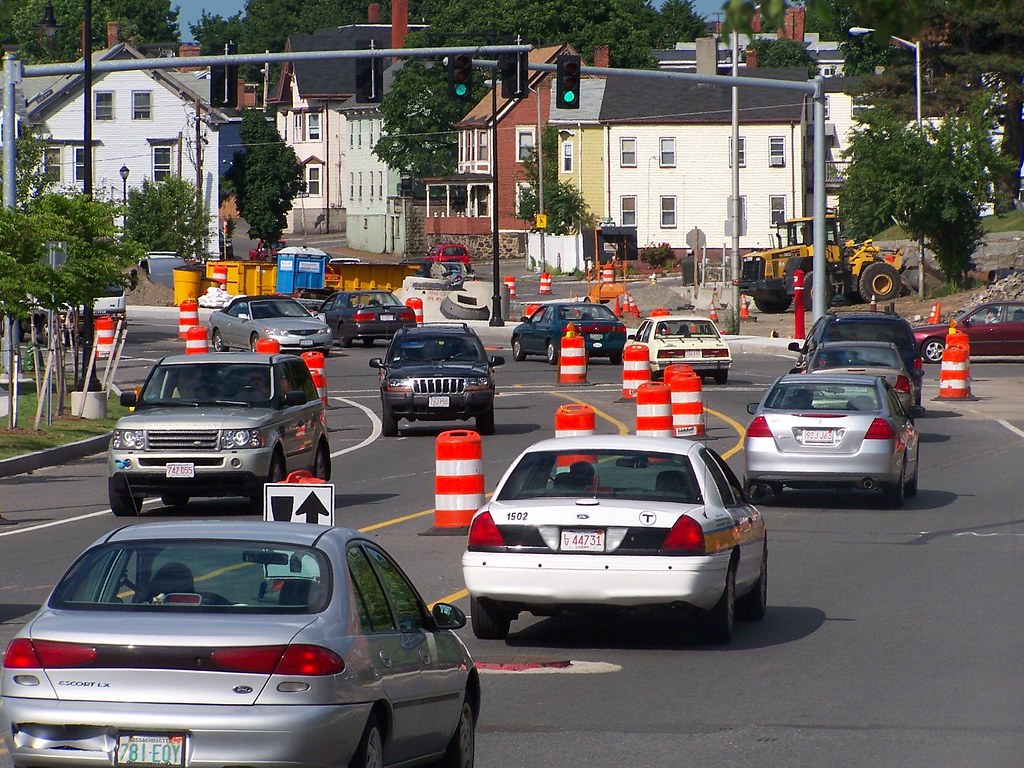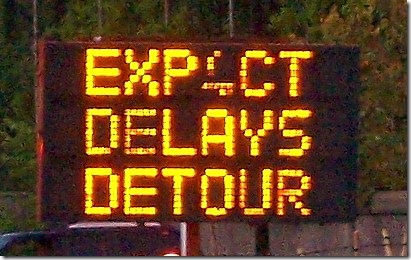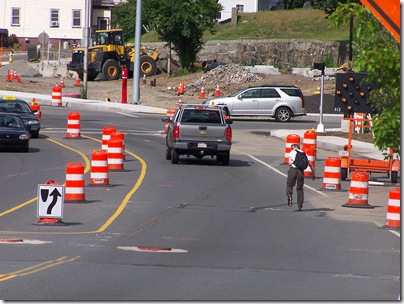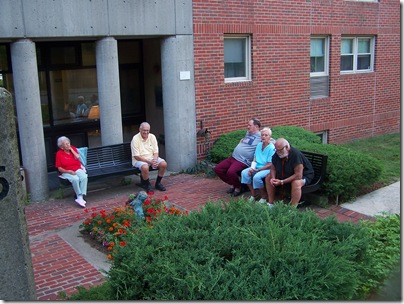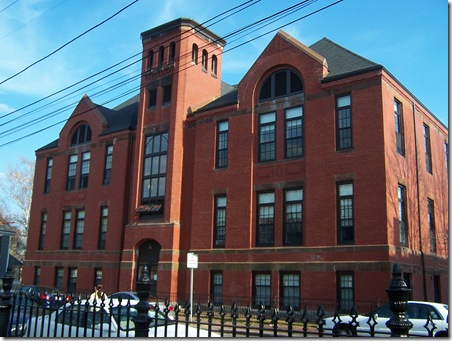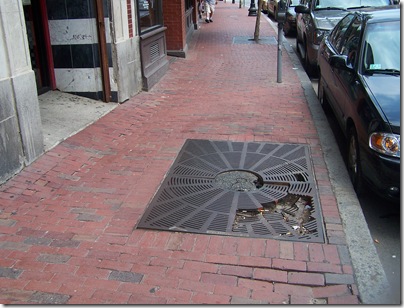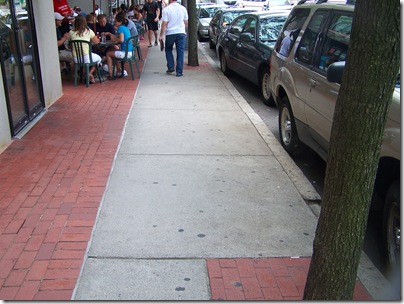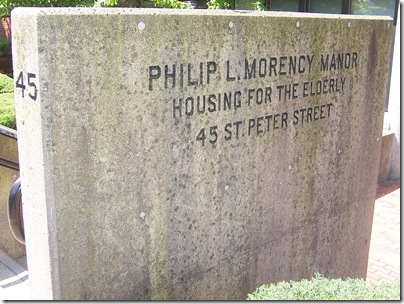
Continuing my last post on elderly segregation, I found an article in the Arizona Republic by Andrew Blechman on some disturbing trends in retirement housing, Living in a world of exclusion.
According to Blechman, new retirement communities that have sprung up in Arizona and Florida are segregating themselves from life outside their communities and society at large:
In my book Leisureville, I describe the successor to Arizona's once-famed Sun City. The Villages of Florida is now the largest retirement community in the world. Nearly twice the size of Manhattan and with a targeted population of 110,000 people, it has more than three-dozen golf courses (and plans for many more); dozens of pools and state-of-the-art recreation centers; two make-believe downtowns where residents can congregate; and a non-threatening Viagra-fueled nightlife for those on the prowl. (The vast majority of Villagers aren't actually old, but rather middle-aged.)
Aside from the canned environment - golden oldies are pumped out of lampposts and faux downtowns are "themed" by entertainment specialists - it's generally an attractive place to retire and play. And after a partial lifetime of hard work and child-rearing, older Americans deserve a place where they aren't marginalized and forgotten, let alone taxed like younger generations, right?
Although many of the subjects in my book often refer to this word - deserve - I'm left unmoved. I'm more concerned with examining the ramifications of this relatively new cultural phenomenon. Societal secession may be a recently legitimized rite of passage, but that doesn't mean that it is either healthy or desirable.
It has become increasingly clear to me that Sun City, the Villages, and thousands of other "voluntary ghettos" around the nation, are neither sustainable nor accountable. Rather, they are a fantasy, the product of a developer's profit-driven concept of "geritopia."
Sustainable communities aren't based on leisure. Living among a community of aging peers and golf courses may be comforting and a lot of fun, but a complex and functioning society demands cooperation between the generations.
We have an increasing number of retirement communities in Massachusetts. When Almy’s was redeveloped as condos, it was at first intended as an upscale retirement community (circa 1985); it didn’t work out and is now an ordinary condo complex. But other retirement communities have developed.
The most well-known retirement community on the North Shore is Peabody’s Brooksby Village. Brooksby Village, like many retirement communities, is self-contained, with its own cafe, grocery store, auditorium and TV station.
But as Neil Swidley points out in his 2005 Boston Globe Magazine article, “Village People”, the social dynamics are unexpected: It’s more like high school.
JOAN CARR, BROOKSBY'S 53-YEAR-OLD executive director, travels one of the enclosed, climate-controlled walkways that connect all of the complex's buildings. She walks past the music room, past the exercise room and pool, past the woodworking shop, where the smell of pine shavings transports you right back to the ninth grade.
Or, in her case, back to her last career. Before running a retirement community, she spent nearly eight years as principal of Peabody's high school.
She finds plenty of similarities between the two jobs. The politics of dining-hall seating. The jockeying of competing activities. […]
"You see a lot of the cliques happening," she says, "the `in' group and the `out' group."
All those familiar archetypes from high school are still around her. The "most popular" and the outcasts, the doers and the complainers.
I never liked nor participated in the high school clique game, having been a stereotypical “nerd” and handicapped by hearing and visual impairments that delayed me socially for a long time. I have, in many ways, the eyes and ears of a 70-year old; how do real 70-year olds half deaf and with macular degeneration cope?
It seems like such an insular world. I’ve said before I don’t like elderly vans because they remind me of the special ed vans of my school days, and loss of independence. Why would I want to go back to that? Why would anyone in my shoes want to go back to high school?
There is isolation, as well:
Still, death is omnipresent. On any suburban street, word of an elderly neighbor's passing is often buffered by news that another neighbor has just given birth or sent a daughter off to college. At Brooksby, all the life-cycle announcements involve death. Obituaries with photos are posted on the bulletin boards in the main gathering spots. Many residents confess to squinting as they walk by them every morning, hoping not to see a familiar face.
That gets to the heart of one of the most unfortunate aspects to retirement-community living: their isolation. Gerontologists have found that intergenerational contact is important to staying young. But aside from visits from their grandchildren, the main intergenerational contact that Brooksby residents have is with the high-school kids who work as waiters in the restaurants.
I’ve said before that in my building, a public housing complex that serves the poor to the lower middle class, the most intergenerational interaction that anyone will see here is a visit from their son or daughter or perhaps the kids, once or twice a year. Some people visit their parents more often—bless them!—but sadly, I can tell it’s a holiday weekend by the number of younger adults and kids in my building.
That’s not what I want in our senior center. It’s not healthy.
Last word from Blechman:
No one can live in a bubble, regardless of how pleasant the initial experience may be. As Arizonans may remember, even Biosphere 2 eventually needed oxygen pumped in. Similarly, without new generations and reinvestment, and the constant renewal they bring, it is hard to imagine how these communities will survive, much less prosper over time.
Hat tip to Beyond Red and Blue.
